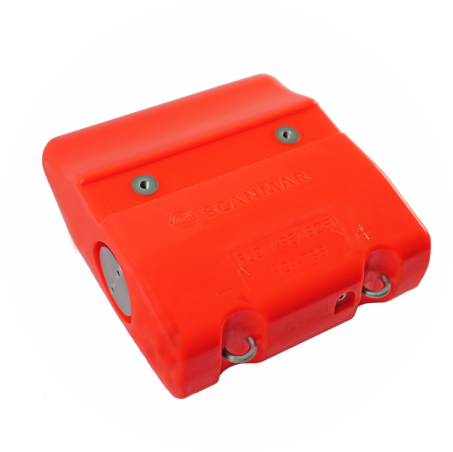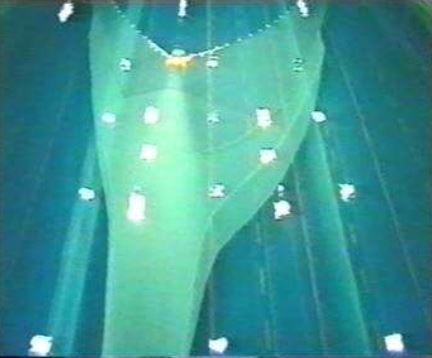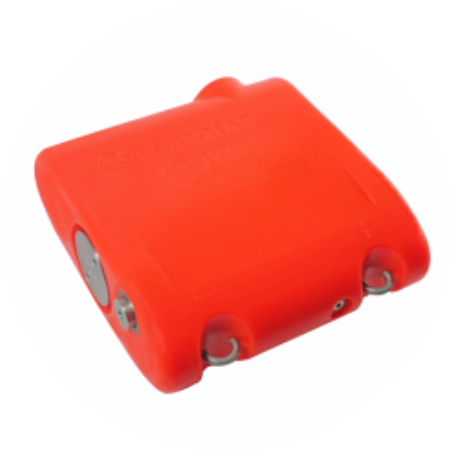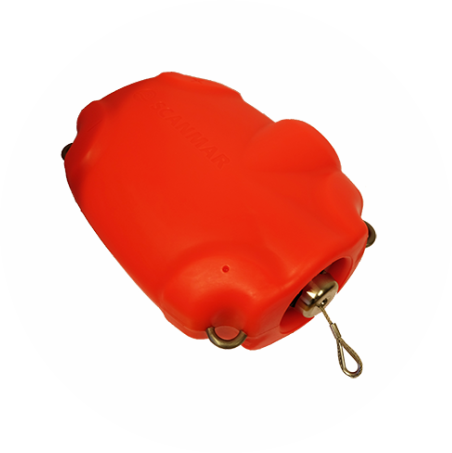Everybody understands that functionality and reliability are key elements in products like Catch Control systems, and that supplier’s service and repair is absolute necessary for the vessel. If not, the result will be down time, lost income and increased costs.
What many, however, does not really consider, when a system is bought for the first time, is the operating time of the sensors between charging, charging time, and the work of dismounting and mounting of sensors related to charging. This may come as a big surprise, and as a matter of fact, result in the need for a double set of sensor.
When Scanmar developed the first generation sensors almost 40 years ago, the size of the sensors were of the outmost importance; they had to be small, light and easy to handle. Therefor the size of the battery package was limited. The first generation sensors was single function sensors, but even so it was mandatory to solve the battery in a way that gave longest possible operating time of the sensors, and shortest possible charging time. The solution seemed to be acceptable in most fisheries.
The advanced sensors, Trawl Eye, Trawl speed, Symmetry and Grid sensors required some new thinking in battery solutions, and since then, in parallel with sensor developments and new technologies in electronics and batteries, new charging technology has been employed in chargers, sensors and battery packages, which resulted in reduced power consumption and quick charging. This was an absolute prerequisite for development of Multifunctional sensors.
Multifunctional sensors are, as the name indicates, sensors that perform more than one function. The advantage of Multifunctional sensors are that they save lots of time and work load for the crew; a smaller no. of sensors to be dismounted and mounted for charging, again avoiding reduced fishing time.
In many ways it is not too complicate to develop a Multifunctional sensor; you take the technology from existing sensors, already proven reliable, and tested by fishermen, for many years, upgrade the technology wherever it is possible, and pack it in a sensor with a battery pack that has the power to operate all the functions for the wanted period of time.
It is plain development, but two things have to be made; a new and bigger sensor construction to contain all the electronics, and a new battery pack, with the capacity to power a no. of sensors, and multiple signal transmissions to the vessel. There is also another problem with large battery packs; the charging time is tremendously increasing.
Scanmar solved these problems by using new components technology, lately developed for the computer and mobile telephone industry, especially developed for low power requirement and long operating time of the equipment. And one thing more; new charging technology; new charger, new special circuits in the sensor itself, and new electronics in the battery pack. In the charger, battery, sensor and charger communicate together, and based on various parameter, such as temperature in the sensor, degree of power in the battery pack etc., the charger supply a varying amount of power in order to charge at “full speed” all the time and avoid damage to the batteries. Without this construction, charging will take very long time.
Scanmar naturally has very good relations to many fishing companies, and speak to people at different levels in the organization all the time. Some of these companies, even if they have been Scanmar customers for decades, are trying equipment from other suppliers, which is natural and good for everybody. The experience varies, but I guess, it is mostly as expected.
However, one thing is alarming; new Multifunctional sensors do often not have the necessary power to utilize all the function during fishing and charging still takes very long time, as before. For the skipper and crew it means that the sensors have short operating time, or alternatively, some functions will not be activated, giving screen pictures lacking important information, making them difficult to interpret and understand.
Other problems are lost time due to slow charging, and increased work load and lost fishing time due to frequent charging of the sensors.
The alternative is a double set of sensors, but that will result in increased costs, and maybe even more problematic; a large no. of sensor to handle and charge, including keeping track of remaining power capacity on each sensor.







